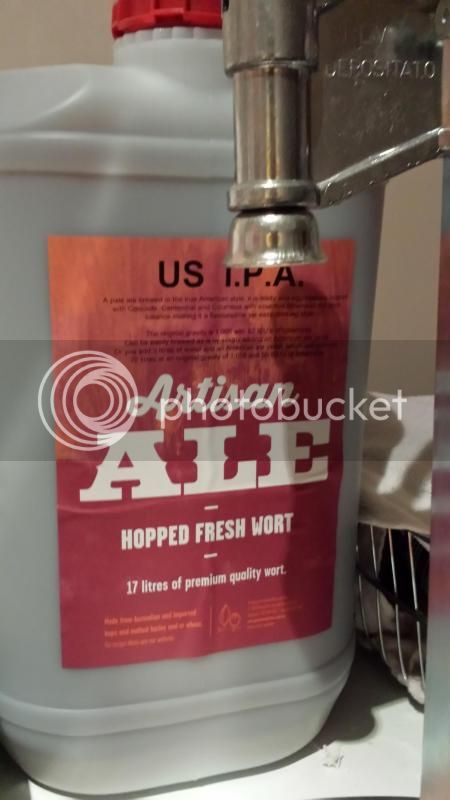pauls51
Member
- Joined
- 19/5/14
- Messages
- 14
- Reaction score
- 6
WARNING: Extreme Beginner here!
So after plenty of reading I took the plunge and purchased a homebrew kit from my LHBS (Brewers Den). After considering how badly I sucked at science back at school, I thought i'd be best to stick to a basic brew so went with the Coopers draught.
I tried to get fancy by "rehydrating" the yeast and failed at that, so after 20 minutes of not seeing anything happen I poured it into the fermenter and gave it a stir. Took an OG reading of 1040 and kept the brew in the laundry at a steady 16 - 18 degrees.
Had a mates wedding on the weekend and managed to score 80 carlton draught long necks (feeling pretty ordinary about that now that I have read about bottle capping twist off bottles) so spent yesterday bottling the brew (after seeing 2 consecutive days of the same reading - 1010 ) using carbonation drops.
So now I have my brew, wrapped in a blanket inside my laundry for the next 7 days before I move it to my garage where it is much cooler.. Is there anything I should be doing during this period to get the best out of the brew? Or is it set and forget?
I visited G&G over the weekend and picked up a ready to go American IPA and some Ale dry yeast. (I figured i should do a couple more brews before I start playing with hops, grains et al. ) I am wanting to attempt rehydrating the yeast again - What is the best way to do this or should I just sprinkle inside the fermenter? Also I'm lead to believe that fermentation will take alot longer with this brew - does that sound right?
Thanks all!
So after plenty of reading I took the plunge and purchased a homebrew kit from my LHBS (Brewers Den). After considering how badly I sucked at science back at school, I thought i'd be best to stick to a basic brew so went with the Coopers draught.
I tried to get fancy by "rehydrating" the yeast and failed at that, so after 20 minutes of not seeing anything happen I poured it into the fermenter and gave it a stir. Took an OG reading of 1040 and kept the brew in the laundry at a steady 16 - 18 degrees.
Had a mates wedding on the weekend and managed to score 80 carlton draught long necks (feeling pretty ordinary about that now that I have read about bottle capping twist off bottles) so spent yesterday bottling the brew (after seeing 2 consecutive days of the same reading - 1010 ) using carbonation drops.
So now I have my brew, wrapped in a blanket inside my laundry for the next 7 days before I move it to my garage where it is much cooler.. Is there anything I should be doing during this period to get the best out of the brew? Or is it set and forget?
I visited G&G over the weekend and picked up a ready to go American IPA and some Ale dry yeast. (I figured i should do a couple more brews before I start playing with hops, grains et al. ) I am wanting to attempt rehydrating the yeast again - What is the best way to do this or should I just sprinkle inside the fermenter? Also I'm lead to believe that fermentation will take alot longer with this brew - does that sound right?
Thanks all!





